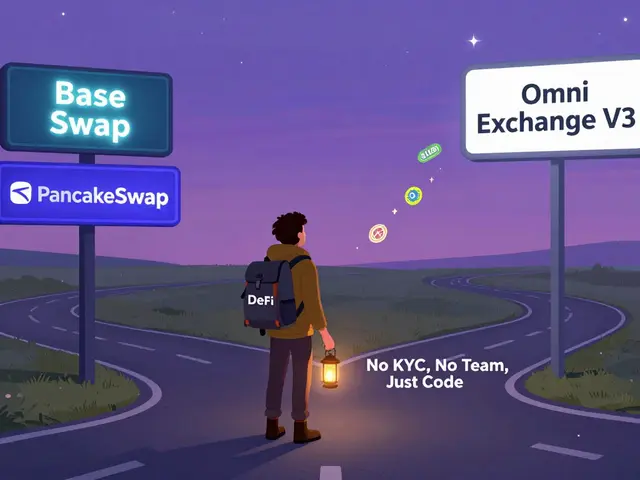Bitcoin Sidechain
When working with Bitcoin sidechain, a separate blockchain that runs in parallel to Bitcoin while staying pegged to BTC. Also known as BTC sidechain, it lets developers add features that the main chain can’t handle directly. This means faster transactions, new token standards, and programmable money without changing Bitcoin’s core rules.
Key Concepts
One of the most popular examples is the Lightning Network, a Layer 2 payment protocol built on Bitcoin that settles micro‑payments off‑chain. It shows how a sidechain can boost speed while keeping the security of Bitcoin. Similarly, Layer 2, solutions that move transaction data off the main chain to improve scalability, rely on the same principle: processing work outside the base layer and periodically anchoring results back to Bitcoin. Smart contracts, programmable scripts that run on sidechains like Stacks or RSK, expand Bitcoin’s functionality, enabling DeFi apps, NFTs, and more without overloading the original network.
All these pieces—sidechains, Lightning, Layer 2, and smart contracts—form an ecosystem where Bitcoin can scale, stay secure, and keep evolving. Below you’ll find a curated list of articles that dive into each of these topics, from technical deep‑dives to step‑by‑step guides, so you can start using or building on Bitcoin sidechains today.
Bitcoin Sidechains Explained: The Liquid Network
A clear guide to Bitcoin's Liquid Network sidechain: how it works, its speed, privacy features, use cases, risks, and future roadmap.





